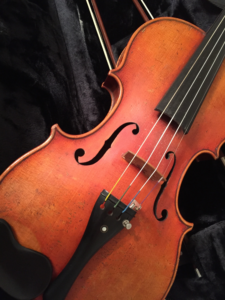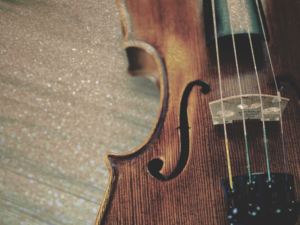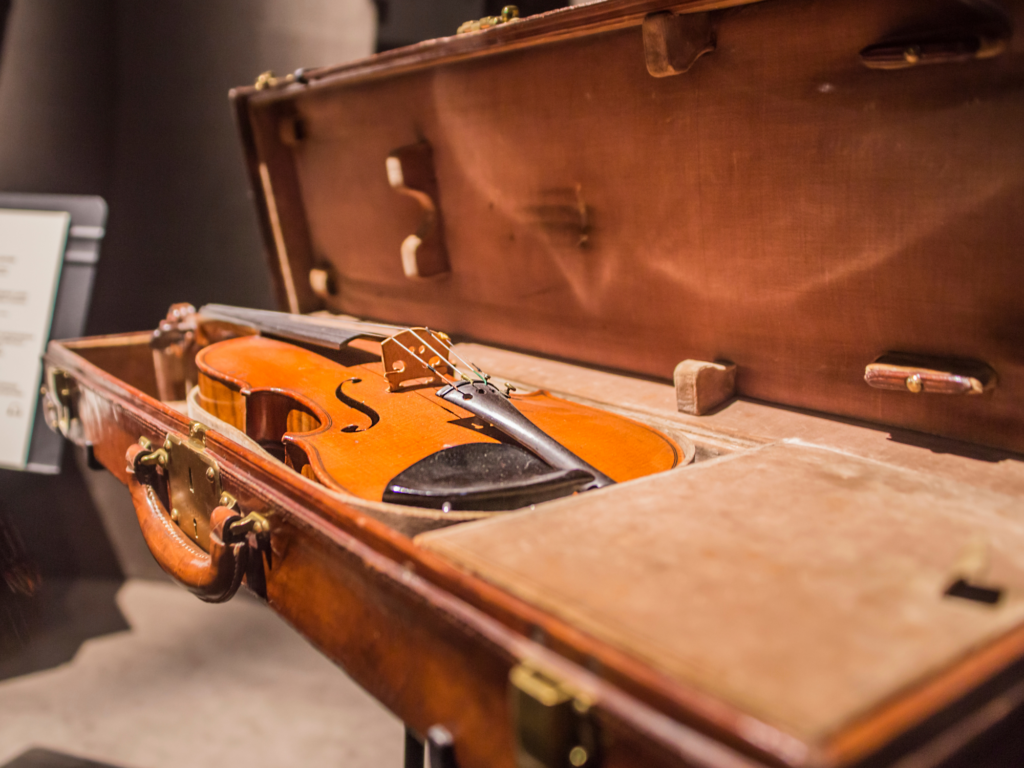Do you know the difference between a violin and a fiddle? Most people don’t. In fact, the two instruments are often confused with each other. A violin is a stringed instrument that is played with a bow. A fiddle is also a stringed instrument, but it is played with your fingers instead of a bow. In this blog post, we will discuss the differences between violins and fiddles in more detail!
The Violin
 A violin is a stringed instrument that has been around for centuries. It is typically played with a bow, and is often used in classical music. The violin is also the smallest of the orchestral string instruments. There are four strings on a violin, and the pitch of each string can be changed by tightening or loosening the pegs on either side of them.
A violin is a stringed instrument that has been around for centuries. It is typically played with a bow, and is often used in classical music. The violin is also the smallest of the orchestral string instruments. There are four strings on a violin, and the pitch of each string can be changed by tightening or loosening the pegs on either side of them.
The sound produced by a violin comes from the vibration of its strings, which are made out of horsehair or metal wire wrapped around gut core material. The pitch and tone quality can be altered by pressing down on one or more strings with your fingers as you play – this is known as fingering.
The pitch and tone of the violin are also affected by changing how much tension is applied to each string: if you tighten them up (make them tauter) then they will vibrate faster which makes it sound higher in pitch; conversely, loosening the strings makes them vibrate slower so there is less energy and the pitch sounds lower.
The Fiddle
 A fiddle is a stringed instrument that is played with your fingers instead of a bow. It typically has more strings than a violin (usually six or seven), and they are usually tuned in unison rather than in octaves like violins. The fiddle is often used in folk and country music.
A fiddle is a stringed instrument that is played with your fingers instead of a bow. It typically has more strings than a violin (usually six or seven), and they are usually tuned in unison rather than in octaves like violins. The fiddle is often used in folk and country music.
The sound of a fiddle comes from the vibration of its strings, which are made out of metal wire wrapped around gut core material. The pitch and tone quality can be altered by pressing down on one or more strings with your fingers as you play – this is known as fingering.
The pitch and tone of the fiddle are also affected by changing how much tension is applied to each string: if you tighten them up (make them tauter) then they will vibrate faster which makes it sound higher in pitch; conversely, loosening the strings makes them vibrate slower so there is less energy and the pitch sounds lower.
So there you have it! Now you know the key differences between violins and fiddles. If you’re still not sure which one is right for you, why not try out both? You might be surprised at how much you like playing each of them!

